New Age of UX Design?
We hosted an enlightening event at our office, diving into what many believe to be a transformative era in design. Titled "New Age of UX Design?" the event brought together a diverse group of designers, developers, and enthusiasts to discuss the evolving landscape of our industry. Here’s a summary of the key takeaways from our stimulating conversation.
Event Overview
The event began with a warm welcome and an invitation for open debate. As a digital product designer, I aimed to share my insights and experiences, sparking a broader discussion on how emerging technologies, particularly AI, are reshaping our field.
We started with introductions, where each participant shared their name, role, and the best piece of advice they’ve received. This exercise not only broke the ice but also highlighted the diversity of perspectives and experiences in the room. From UX researchers to software developers, each person brought a unique viewpoint to the table.
The Impact of AI on Design
The core of our discussion revolved around the integration of AI in design processes. We explored several key points:
Changing Job Market
The event kicked off by addressing the palpable changes in the job market, notably the rise of AI-related layoffs and the evolving roles of designers.
Participants shared their experiences and fears, discussing how AI might replace certain jobs but also create new opportunities for those willing to adapt and learn.
Evolution of Design Methodologies
We examined how traditional design methodologies, like the Double Diamond, are being questioned and reshaped to incorporate AI.
The focus is shifting towards intent-based outcomes, prioritizing user intentions and reducing cognitive load.
AI-Driven Tools and Processes
The conversation highlighted various AI tools and their potential to streamline and enhance design work.
While AI can automate repetitive tasks and provide inspiration, it also requires critical thinking to ensure the outputs are meaningful and contextually relevant.
Ethics and Responsible AI
We emphasized the importance of responsible AI use, ensuring ethical considerations are at the forefront of AI integration in design.
Discussions included the need for transparency, avoiding biases, and maintaining human-centric approaches.
Learning and Adaptability
A recurring theme was the necessity for designers to understand and leverage new technologies.
We discussed the concept of "computational literacy" – the ability for designers to understand and communicate with AI systems effectively.
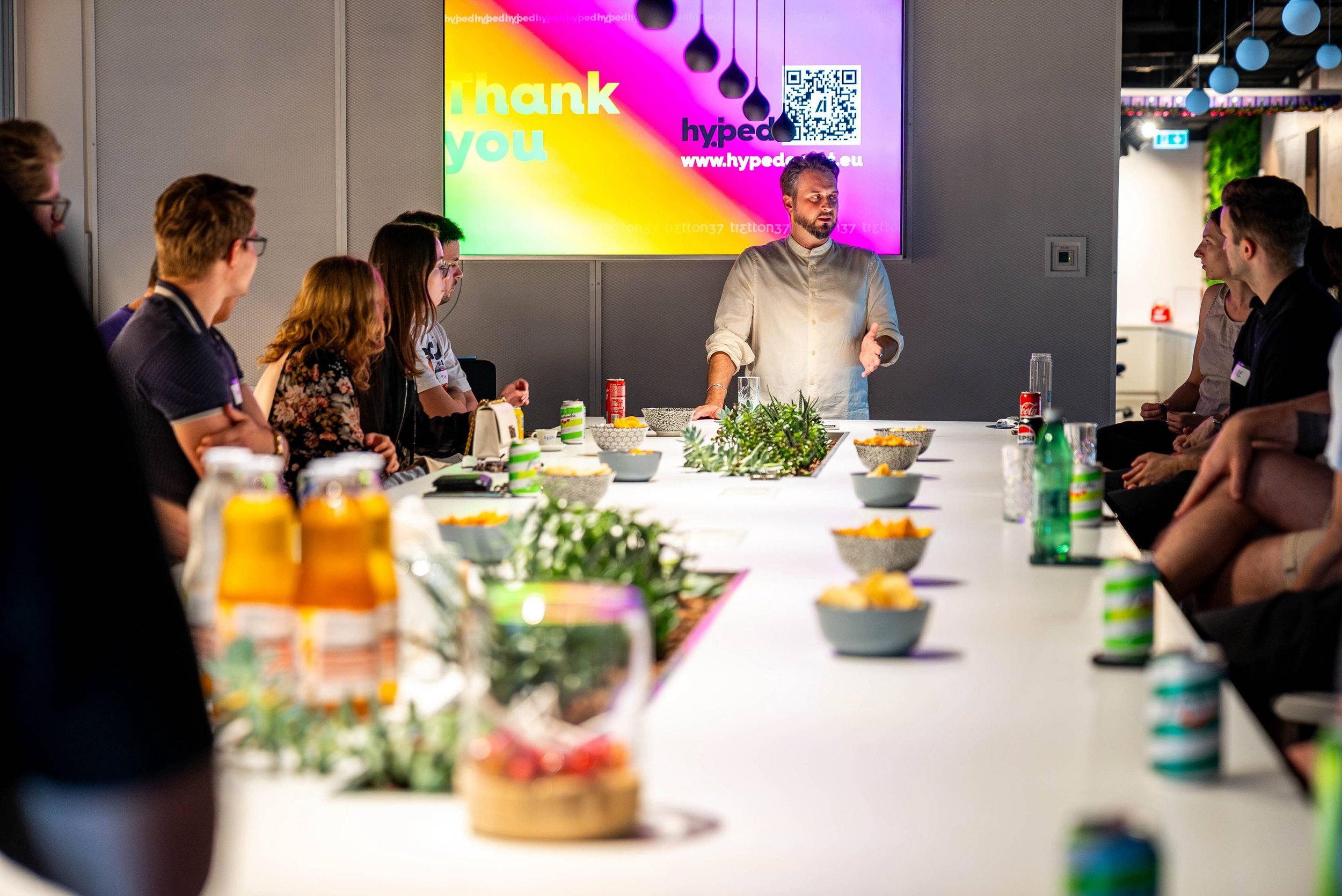
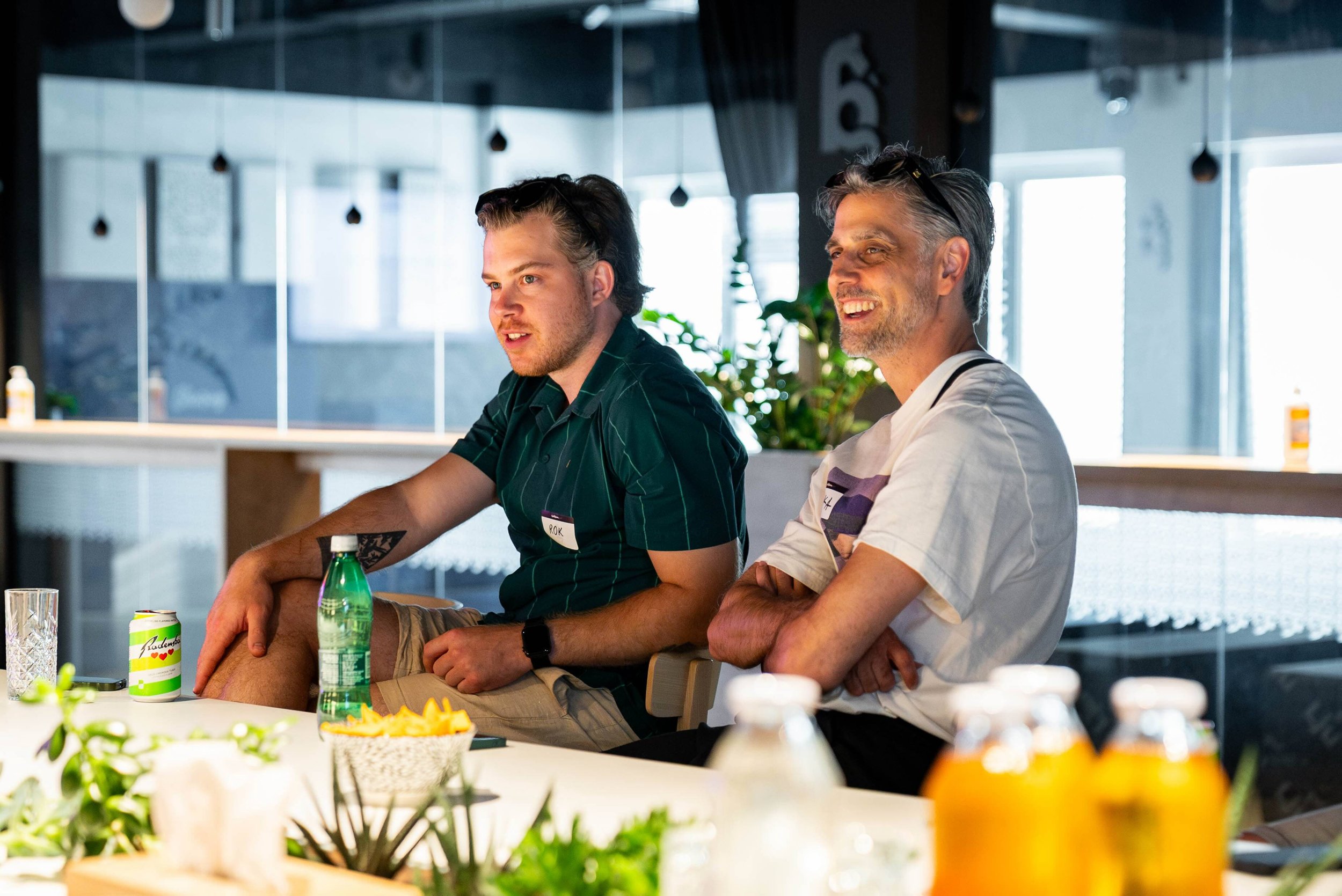

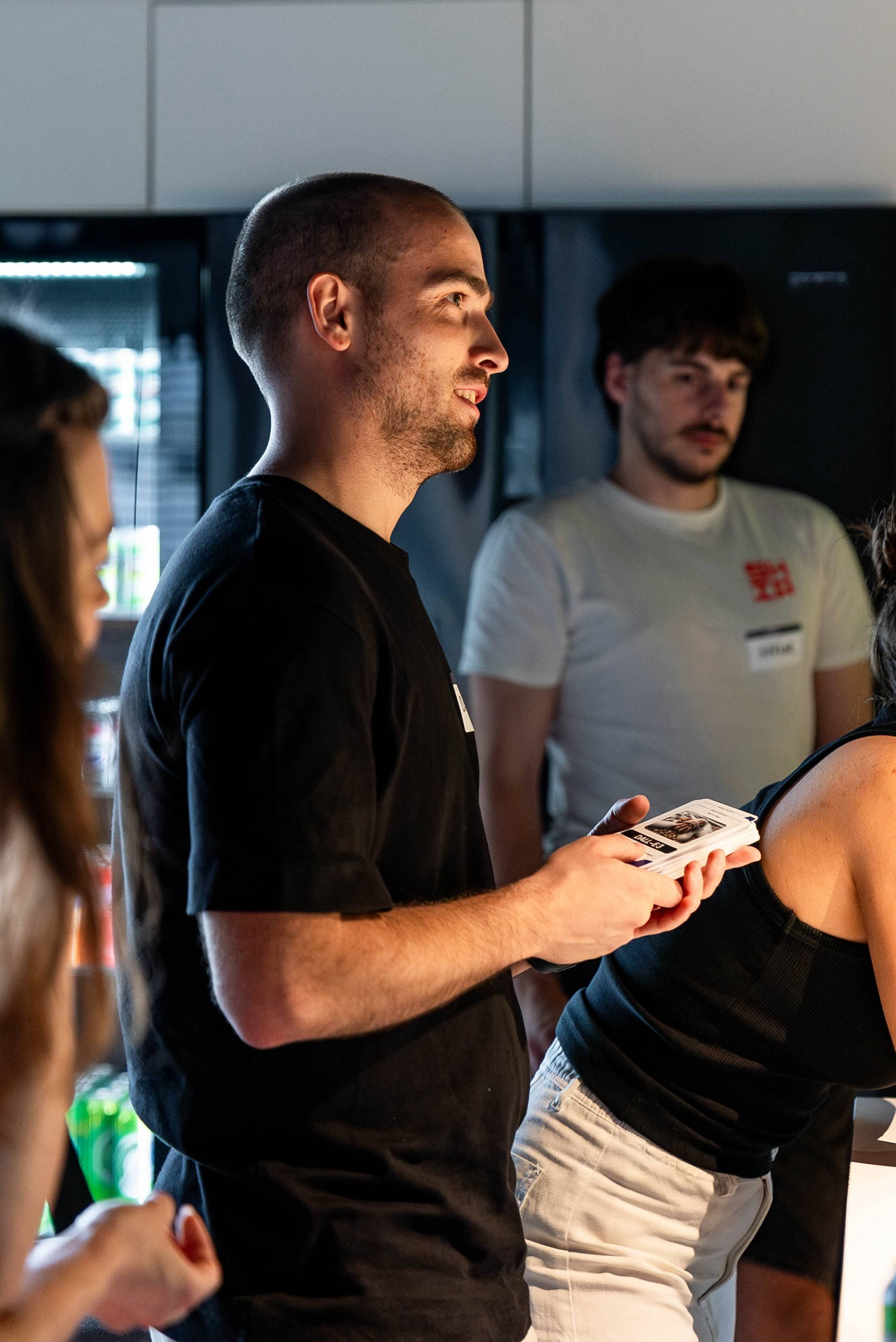
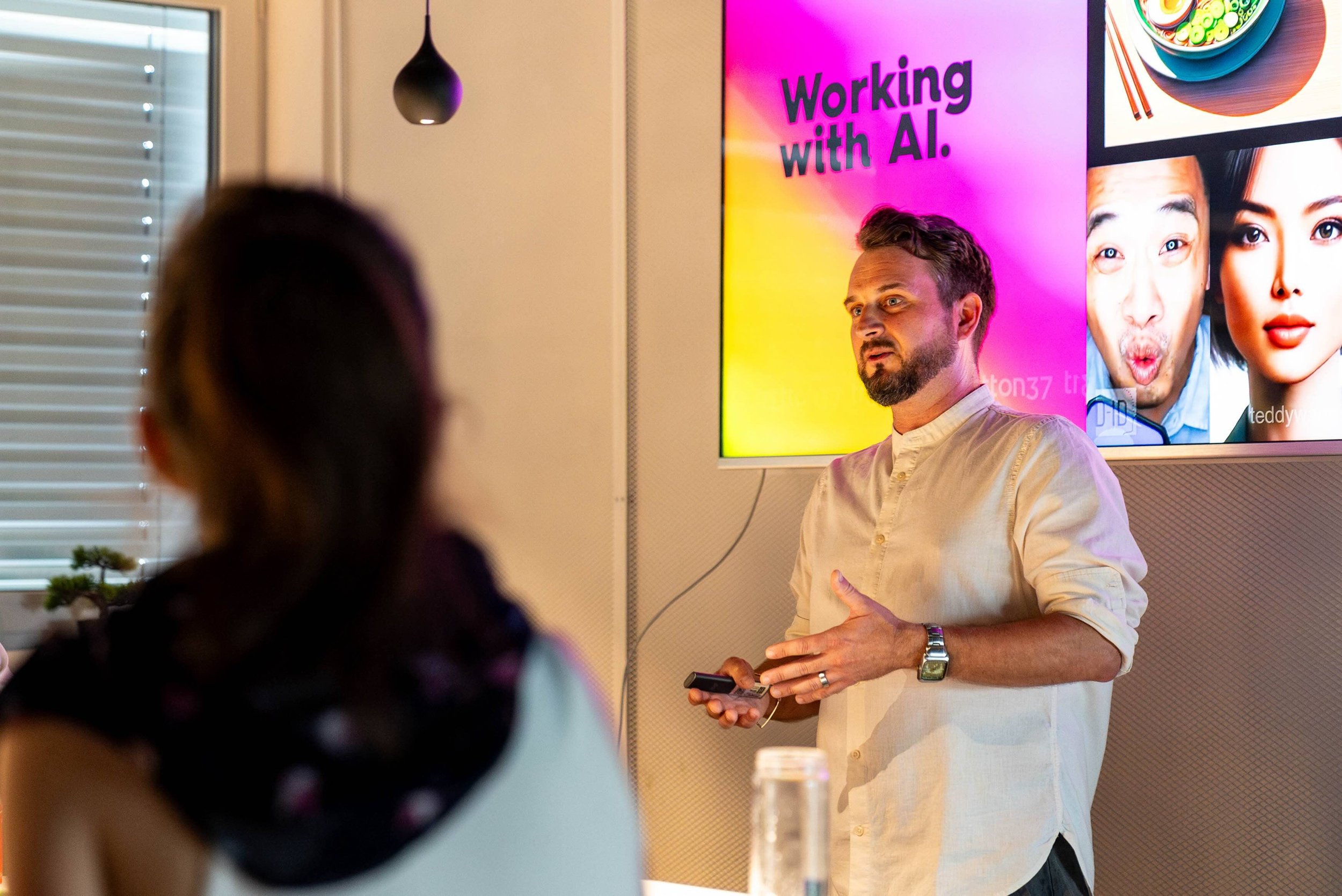
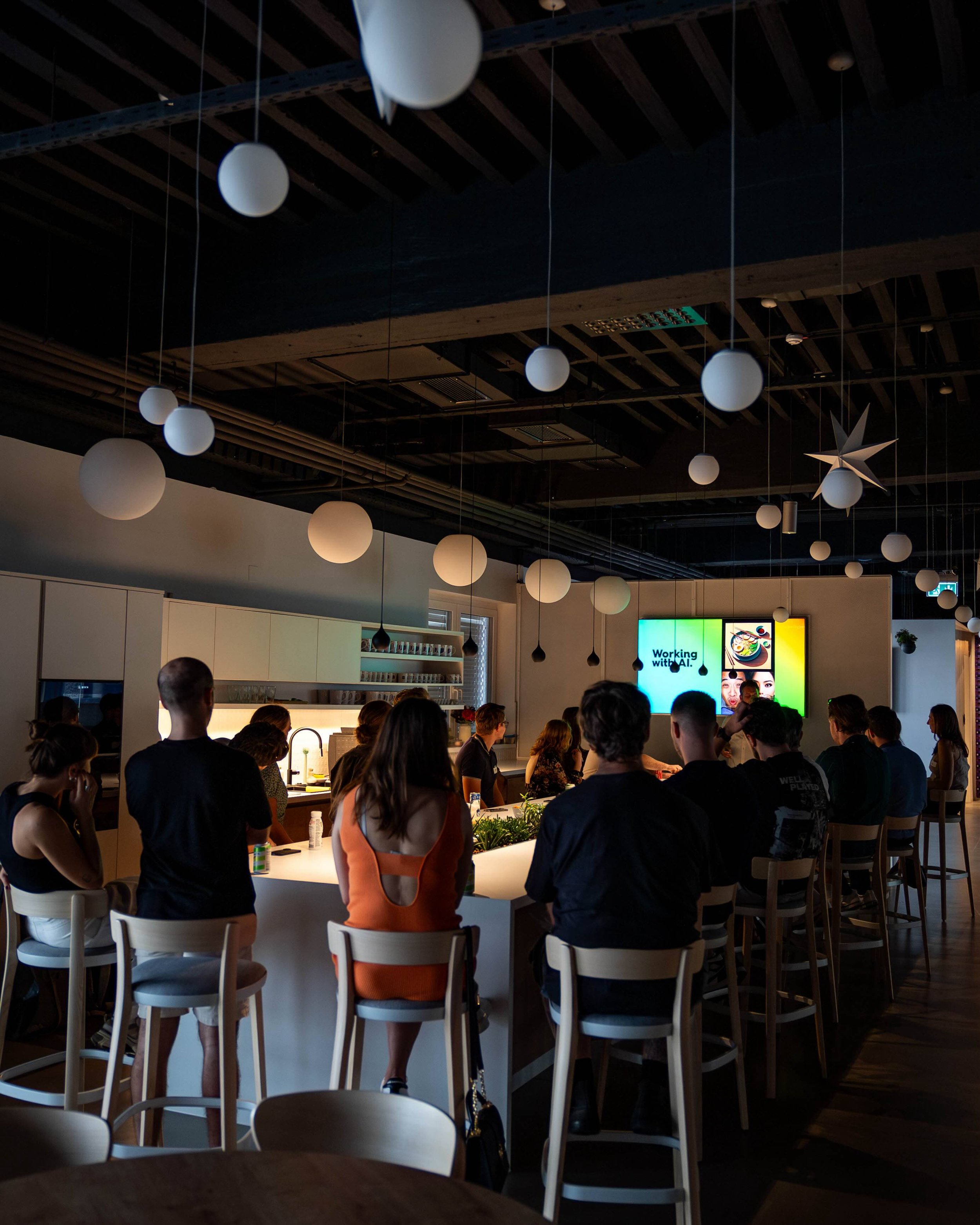

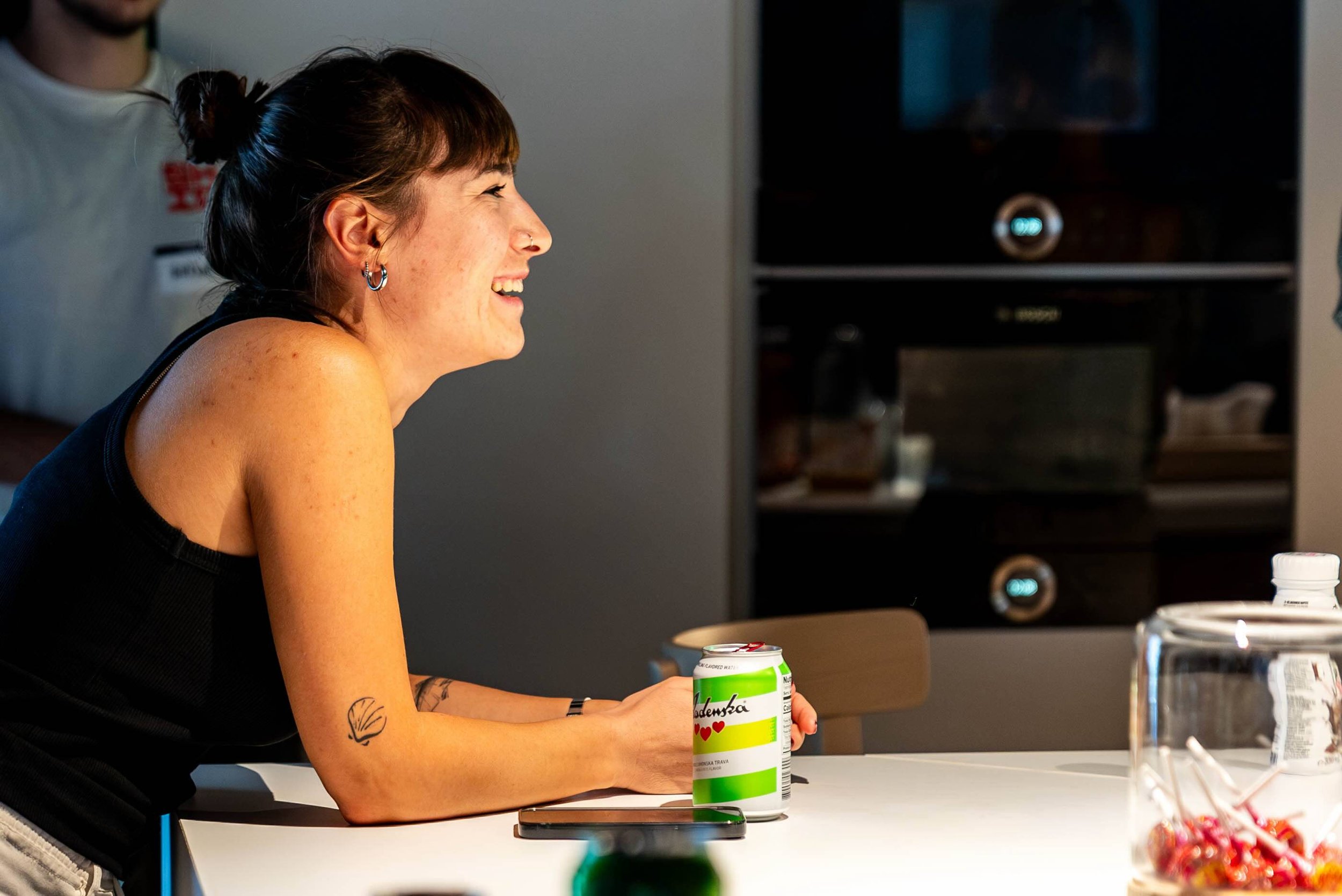
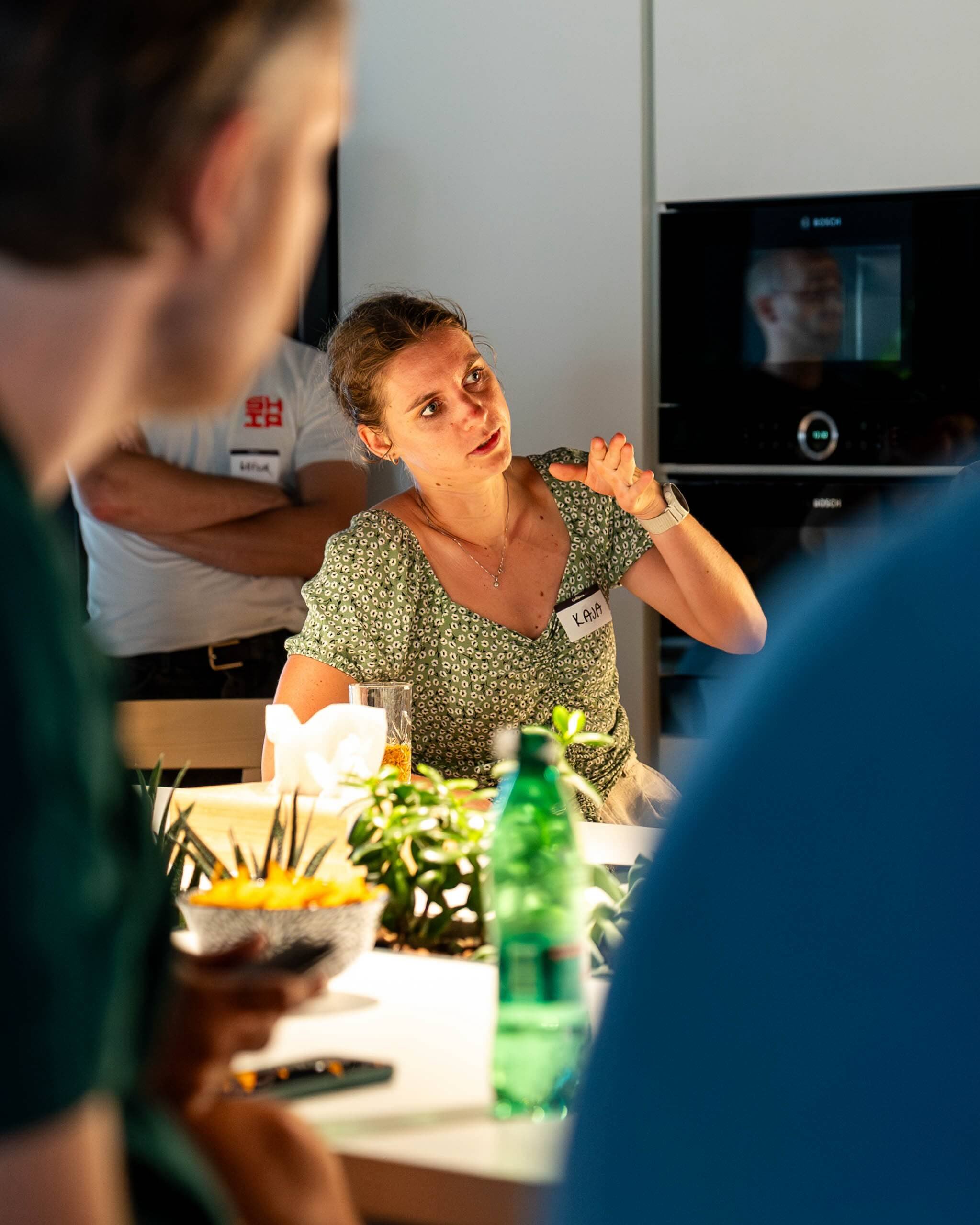
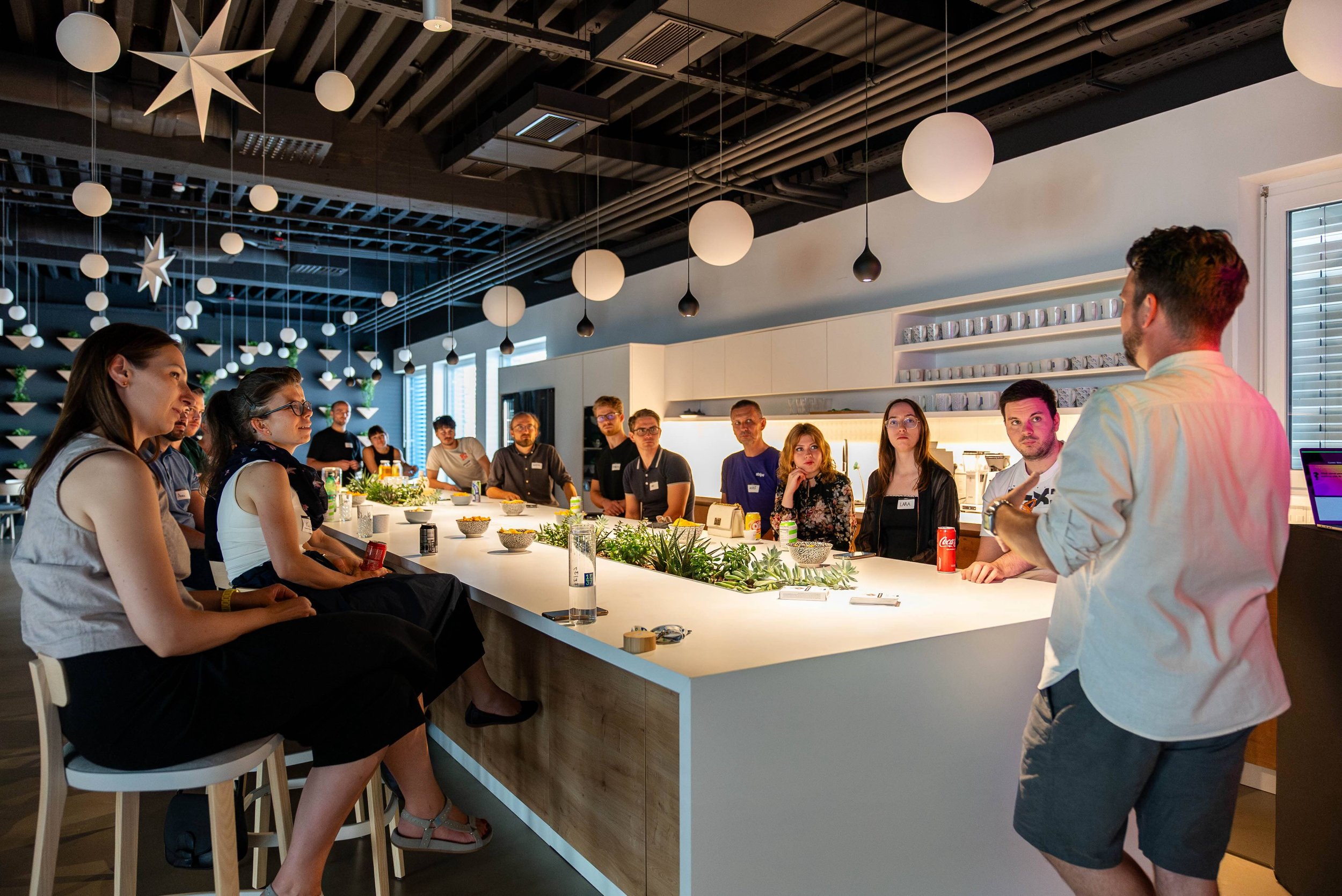
Key Takeaways
Embrace Change
The design landscape is rapidly evolving, and it's crucial for professionals to stay updated with the latest tools and methodologies.
Leverage AI
Use AI as a complementary tool to enhance your design process, not as a replacement for human creativity and intuition.
Focus on User Intent
Shift from step-by-step design processes to outcomes that prioritize user intentions and needs.
Ethics Matter
Always consider the ethical implications of AI in design, striving for transparency and inclusivity.
Continuous Learning
Invest in learning new skills and understanding the technologies that are shaping the future of design.
Conclusion
Our event underscored the exciting yet challenging times we face in the design industry. As we navigate this new era, it’s essential to embrace the opportunities AI presents while critically examining its impacts. By fostering a culture of continuous learning and ethical responsibility, we can ensure that technology serves to enhance human creativity and improve user experiences.
Thank you to all who participated and contributed to this insightful discussion. We look forward to continuing this conversation and exploring the future of design together.
For more insights and updates, stay tuned to our website and join our upcoming events.

